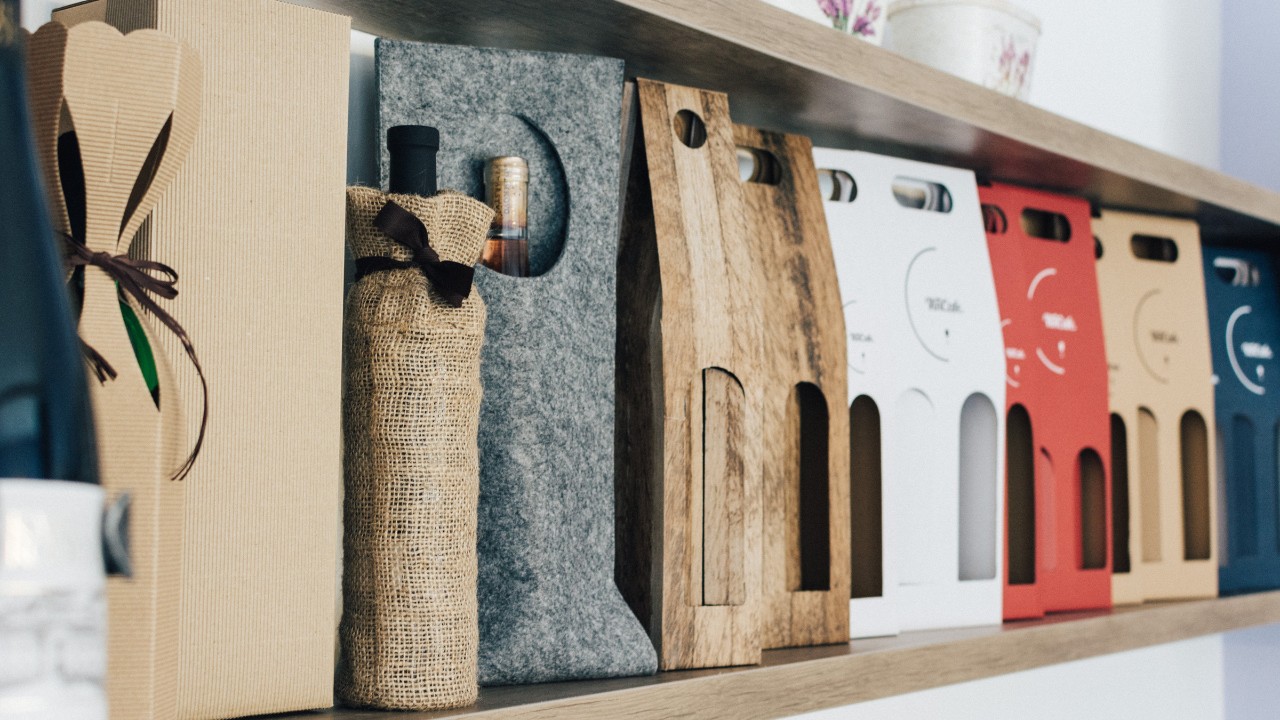In the competitive landscape of modern business, packaging plays a pivotal role beyond mere protection and containment. It serves as the ambassador of a product, communicating brand identity, values, and quality to consumers at first glance. In this comprehensive guide, we delve into the intricate relationship between packaging design and product value and sales, unraveling effective strategies to captivate audiences and drive success.
Understanding the Impact of Packaging Design on Sales:
Effective packaging design transcends functionality; it captivates consumer attention, influences purchase decisions, and fosters brand loyalty. Research indicates that nearly 70% of purchasing decisions are made at the point of sale, underlining the critical role packaging plays in shaping consumer perceptions and driving sales.
The Visual Appeal: Creating a Lasting Impression:
The visual allure of packaging serves as the initial point of contact with consumers, making a compelling first impression imperative. Bold colors, captivating imagery, and distinctive typography are powerful tools for capturing attention amidst crowded shelves. Leveraging market research and consumer insights can guide the creation of visually appealing designs tailored to target demographics, ensuring maximum impact.
Branding Beyond Words: Communicating Brand Identity:
Packaging design serves as a silent brand ambassador, communicating brand identity and values through visual cues and symbolism. Consistent branding elements such as logos, color schemes, and messaging foster brand recognition and recall, forging emotional connections with consumers. Integrating storytelling elements into packaging design can further elevate brand perception, evoking nostalgia, aspiration, or humor to resonate with audiences on a deeper level.
Functionality and Practicality: Balancing Form with Function: While aesthetics are paramount, packaging must also deliver on practicality and functionality to enhance the overall consumer experience. User-friendly designs that facilitate ease of use, storage, and disposal resonate with consumers seeking convenience and efficiency. Sustainable packaging solutions, such as eco-friendly materials and minimalist designs, not only align with growing consumer preferences but also contribute to brand credibility and environmental stewardship.
Differentiation in Design:
Standing Out in a Saturated Market: In a marketplace inundated with choices, differentiation is key to capturing consumer attention and fostering brand preference. Unique packaging shapes, innovative structural designs, and tactile finishes serve as tactile stimuli, enticing consumers to engage with products on a deeper level. Embracing unconventional materials and finishes can further set products apart, sparking curiosity and intrigue among consumers.
The Power of Storytelling:
Crafting Emotional Connections: Beyond functionality and aesthetics, packaging design has the power to evoke emotions and tell compelling stories that resonate with consumers. Authentic storytelling that communicates brand heritage, craftsmanship, or social responsibility fosters emotional connections, driving brand affinity and loyalty. Incorporating QR codes, augmented reality, or interactive elements into packaging design enhances engagement, inviting consumers to immerse themselves in the brand narrative.
Adapting to Digital Spaces:
Optimizing Packaging for E-Commerce: With the exponential growth of e-commerce, packaging design must adapt to meet the unique challenges and opportunities of online retail environments. Optimizing packaging for shipping efficiency, durability, and compactness ensures product integrity and reduces logistical costs. Leveraging digital platforms to enhance the unboxing experience through personalized messages, instructional videos, or augmented reality features creates memorable moments that resonate with online shoppers.
Conclusion:
In the dynamic landscape of product sales, packaging design emerges as a potent catalyst for success, transcending its functional role to become a strategic tool for brand differentiation and consumer engagement. By embracing innovative design strategies, storytelling techniques, and a commitment to sustainability, brands can unlock the full potential of packaging to captivate audiences, drive sales, and foster lasting brand loyalty in an ever-evolving marketplace.

